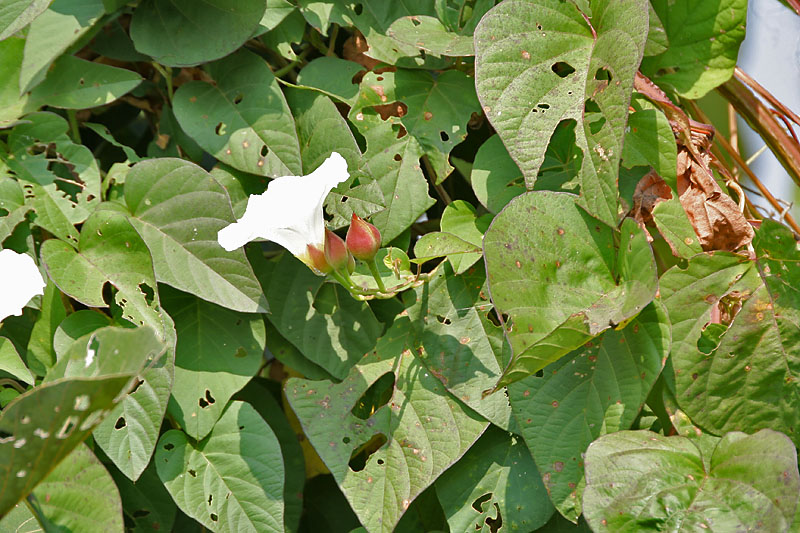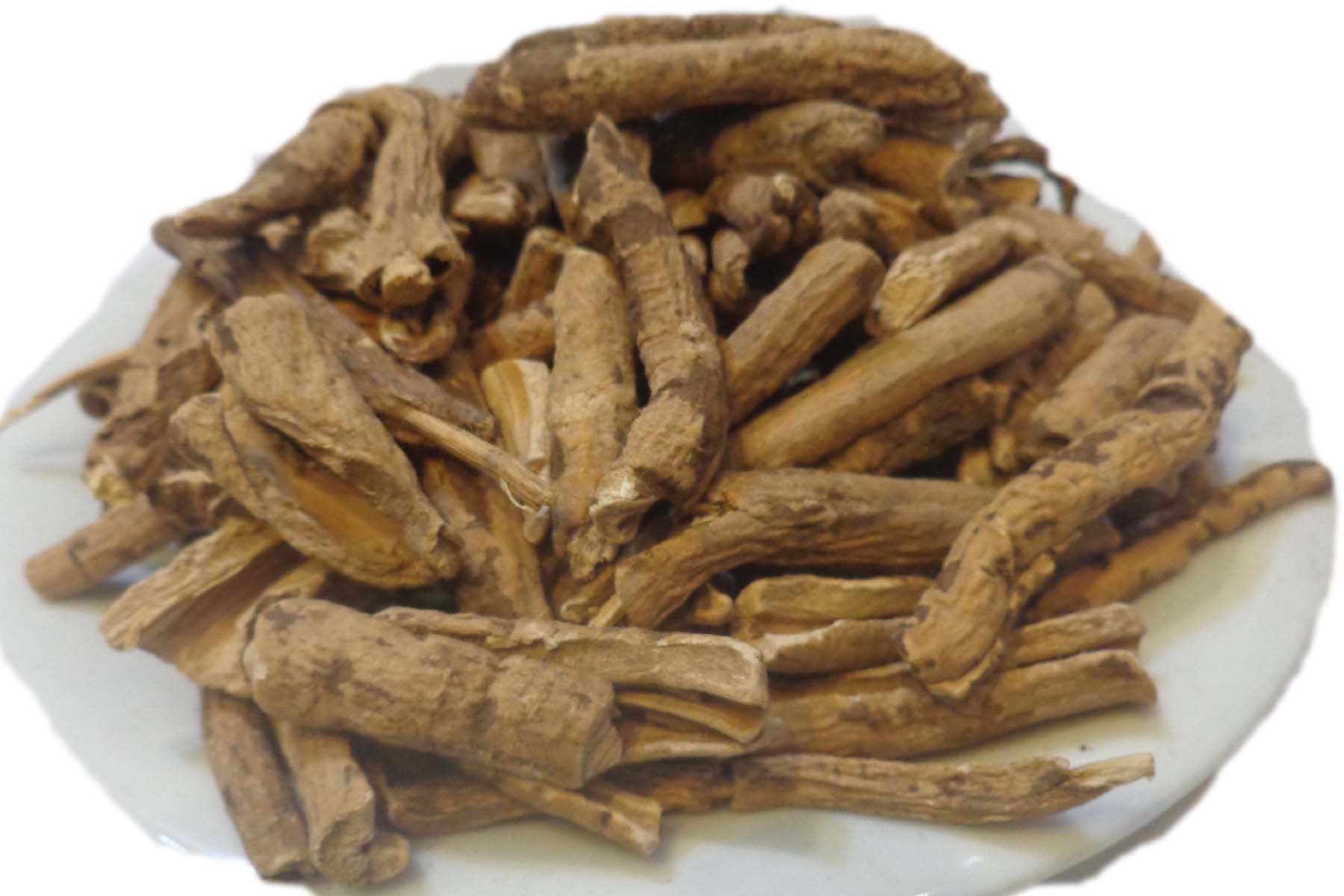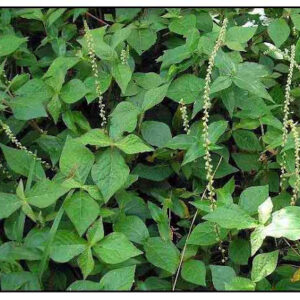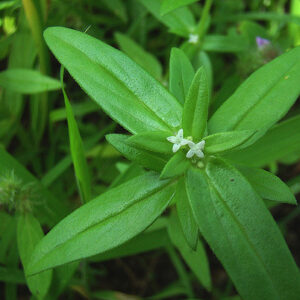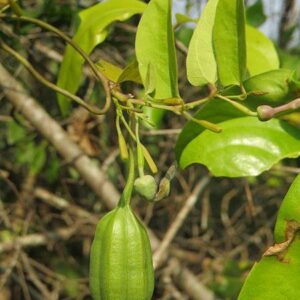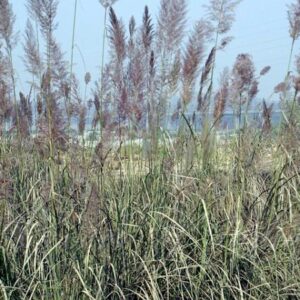Description
Operculina turpethum (Linn.) (OT) Silva Manso is also called Tihudi/Trivrit because the triangular shape stem is an Indian Ayurvedic herb, belonging to the family Convolvulaceae. It is known by other names Indian Jalap/Turpeth root in English, Nisoth/Turpeth/Panila/Pithori in Hindi, Trivrit in Sanskrit, Tegada in Telugu, Trikolpakkonna/Triputa/Sivata in Malayalam, Sigade in Kannada, and Kumbham/Sivatai in Tamil.
O. turpethum is the source of the drug known as Turpeth or Indian Jalap and it is widely grown throughout India and is occasionally cultivated in gardens as an ornament. It has been used as a traditional medicine in many countries. The root bark of the plant contains a glycosidic resin, which has the insoluble glycoside turpethein. It also contains a large number of secondary metabolites including saponins, flavonoids, glycosides, and phenolics as well as some amount of essential oil, glucose, and fructose.
Since it implies as a potent medicinal plant, it is also employed for several medicinal purposes. Often, the root bark and seed of this herb are used in the Ayurvedic system of medicine for the treatment of skin disorders such as vitiligo and several diseases such as cervical lymphadenitis, fistulas, constipation, chronic gout, fever, bronchitis, ulcers, hemorrhoids, tumors, obesity, jaundice, herpes, and induced lacrimation. The use of root powder for the treatment of rheumatism, flatulence, paralysis, scorpion sting, and snakebite was also proven
The root powder was also found to be useful for the treatment of hematemesis, herpes, and tuberculosis, and for the treatment of corneal opacity and conjunctivitis. Roots are sweet, bitter, carminative, purgative, hepatic, acrid, expectorant, anti-pyretic, and stimulant. It is used in various remedies as a cure for colic, intermittent fever, jaundice, dropsy, constipation, obesity, tumors, and paralysis. Root bark incorporates glycosidic resin that has insoluble glycoside turpethein. Also, it has a large number of secondary metabolites which include saponins, glycosides, Flavanoids, and phenolics. Moreover, various phytoconstituents such as glycosidic resin,
beta-sitosterol, coumarin are contained in it. In the Ayurvedic system of medicine, root bark and seeds are used for treating skin disorders, constipation, fever, chronic gout, ulcers, bronchitis, tumors, hemorrhoids, jaundice, obesity, herpes, and induced lacrimation.
